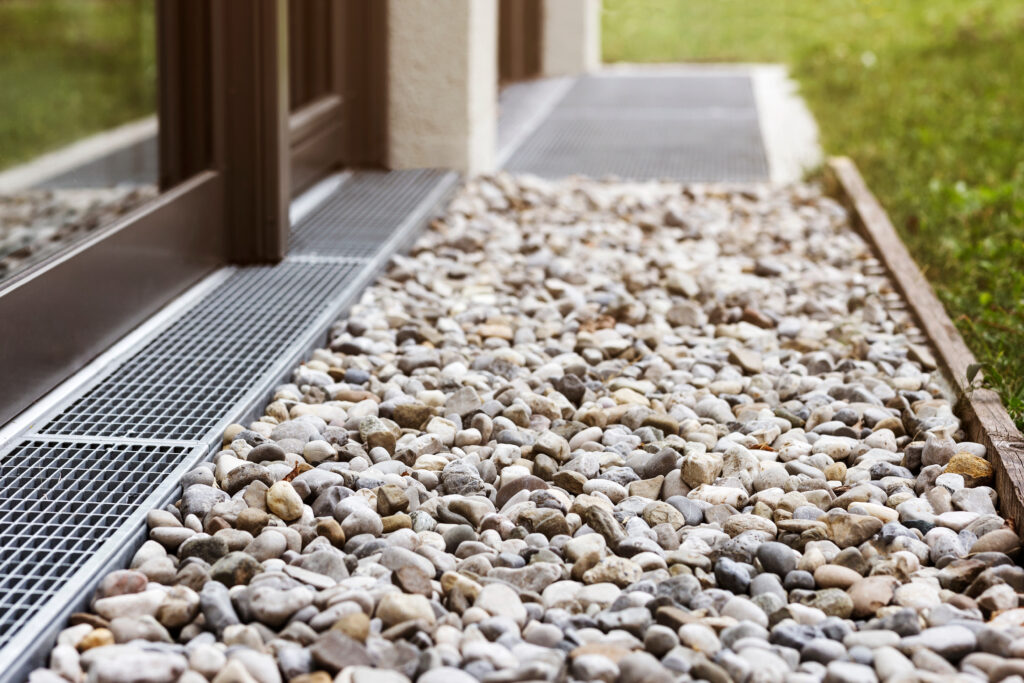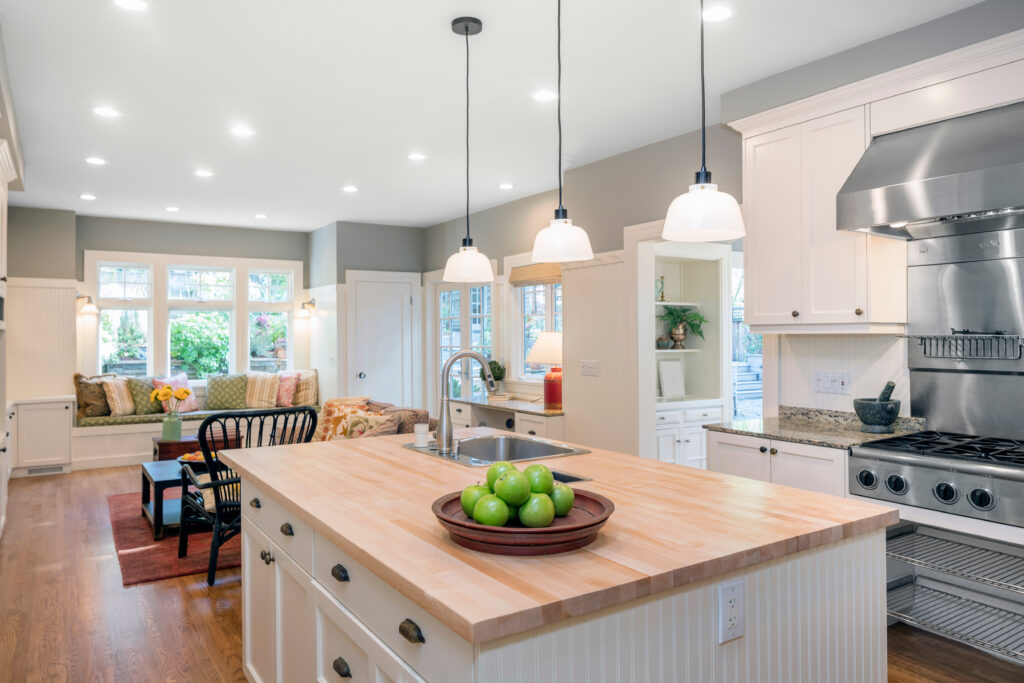Understanding Your HVAC System: How It Works, Why It Matters, and What to Watch Out For
So, voilà—whether you’re sipping coffee at the kitchen table or drifting off with your podcast at night, your HVAC system is doing its thing quietly in the background. It’s hard to overstate how much this system impacts your daily life, from keeping your home comfortably cooled or warmed, to managing humidity levels that protect your furniture and health. But most homeowners, absolutely no blame here, don’t really understand much beyond the thermostat. It’s usually only when something breaks that we go diving into manuals—or airing our grievances on a call to the warranty company. If you’re nodding, you’re not alone.
What Exactly Is an HVAC System?
HVAC stands for Heating, Ventilation, and Air Conditioning. It’s the umbrella term for the system that controls the climate indoors. Basically, it keeps things from being too hot, too cold, or too stuffy. This usually involves a furnace or heat pump, an air conditioner, ventilation ducts, an air handler, and sometimes extras like humidifiers or air purifiers. Depending on where you live, your HVAC can be a complex puzzle of equipment pieces—or just a simple setup in more moderate zones. Either way, when it’s working, you rarely think about it. But when it’s not… whew, cue the panic Googling.
How Does It All Work Together?
The mechanics of HVAC systems aren’t rocket science, but there’s definitely a bit of behind-the-scenes magic. When you set your thermostat, you’re actually triggering a choreographed dance between components. In the winter, your thermostat tells the furnace or heat pump, “Hey, it’s time to get warm in here.” The system pulls in air, heats it, and pushes it through your ducts using an air handler or blower motor. In summer? Flip that. The AC removes heat from inside your home and moves it outside, typically using refrigerant. Meanwhile, the air handler does the distribution dance again. And ventilation (the V in HVAC) quietly keeps fresh air moving and removes nasty particles. Think of it as climate control meets invisible janitor services.
Why a Well-Maintained HVAC System Is Serious Business
Alright, let’s be real here—you probably don’t have “change air filters” at the top of your favorite weekend plans. But maintenance is kind of everything when it comes to HVAC systems. Dirty filters make your system work way harder, and neglected parts like condensate drains or coils can lead to major breakdowns, sometimes the “no AC in August” kind. A well-maintained HVAC system runs efficiently, lasts longer, and saves you cash on energy bills. And honestly, it just feels better inside your house when it’s running right. Bonus: it keeps allergens and indoor pollutants in check. Your lungs and your wallet will thank you.
Common HVAC System Problems and What to Do About Them
Unfortunately, HVAC systems are one of those things guaranteed to act up when you least expect—or want—it. Some of the usual suspects: a blown capacitor, clogged filter, thermostat misfire, or refrigerant leak. Sometimes it’s even rodents chewing up wiring—no joke. Diagnosing these issues can be confusing if you’re not familiar with the system. And if we’re being honest, this is where a home warranty can step in and save your Saturday. Calling around for urgent repair quotes can be a scheduling nightmare (plus, expensive), especially in peak heat or frost seasons. That’s why coverage with someone solid—hmm, cue Armadillo here—is really more about peace of mind than gambling with DIY fixes.
What Are the Pros of Upgrading or Replacing Your HVAC?
Thinking about replacement instead of repair? Yeah, it’s a big decision—and not cheap. But newer HVAC systems are light years better in terms of energy efficiency, noise levels, and even smart integration. That means if you’re eyeing a system from the early 2000s (or earlier—gasp), an upgrade could seriously reduce your bills and improve your air quality. Plus, modern systems often come equipped with zoning capabilities, so you can heat or cool parts of your home independently. Hello to cozy evenings in the living room without overheating the guest room no one ever uses unless Aunt Marge visits. The environment wins, too, by the way. New systems run cleaner and use refrigerants that are easier on the ozone layer. Fancy and responsible. We love that combo.
Okay—but What Are the Downsides?
Let’s call it as it is—HVACs aren’t perfect. Even shiny new models come with a learning curve, and repairs can still be pricey. Installation mistakes? Very much a thing. And in colder climates, heat pumps can struggle during deep freezes, making an auxiliary heater a necessary (and costly) backup. Maintenance is also non-negotiable. Consistency beats crisis here—you skip enough tune-ups, and you’re basically inviting breakdowns. Plus, if the system is oversized for your home (a common issue), it can short-cycle, wear out faster, and unevenly heat or cool your space. Annoying? Yeah. But all avoidable with good planning, a solid tech crew, and coverage that doesn’t bail when things get complicated.
So, Why Should You Think About Armadillo Right Now?
Let me spell it out without the hard-sell vibes, because this actually matters. Your HVAC system is a big investment—the kind you don’t want to worry about every time you hear it kick on. With Armadillo, you get reliable, modern home warranty coverage that has your back when your system decides to go rogue. Armadillo makes it easy to protect your HVAC with customizable plans, no-fuss claims, and a real human experience (no endless loops of call center holds). Ready to stop sweating over your AC’s weird noises—or bracing for cold showers mid-February? Head to the Armadillo homepage to explore plans, or get straight to business and build your own coverage now via the plan builder. Because your home deserves backup that doesn’t blink when things heat up—literally.


























